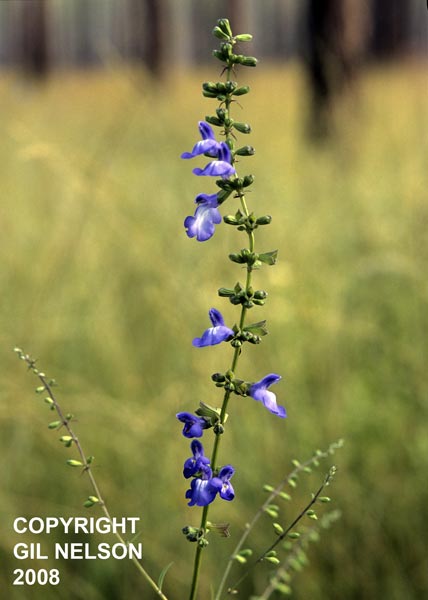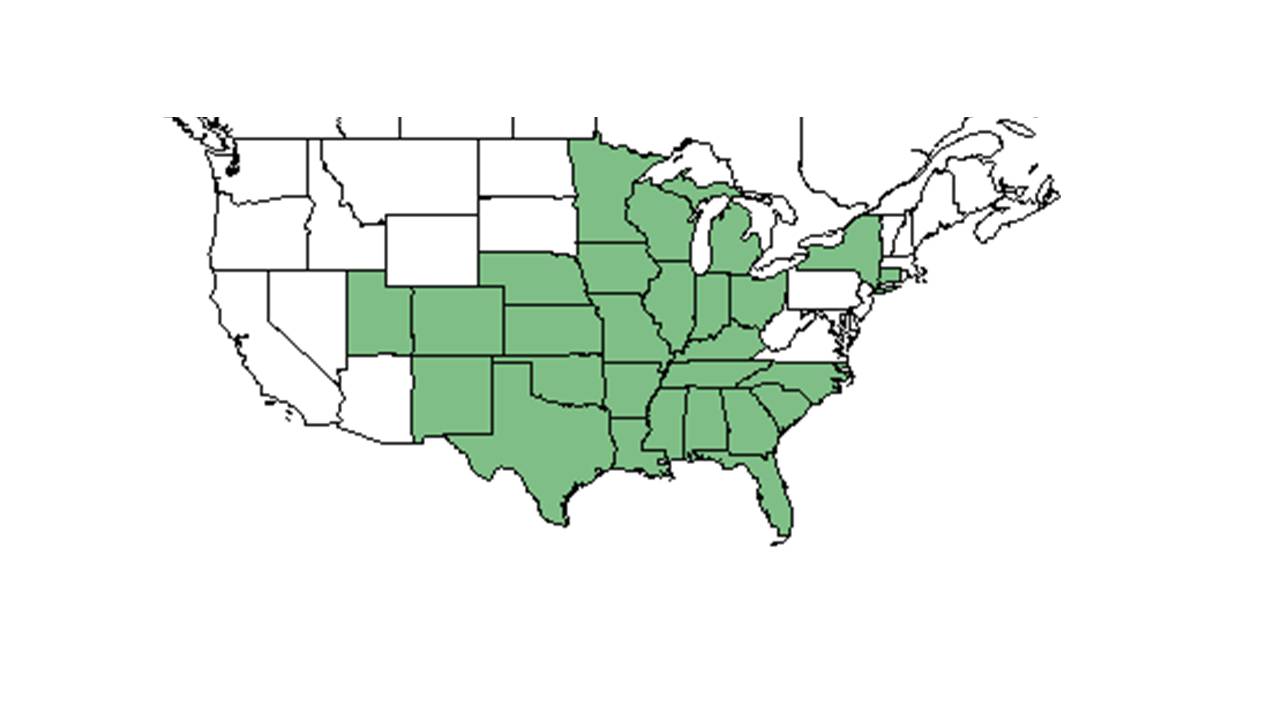Difference between revisions of "Salvia azurea"
Krobertson (talk | contribs) |
(→Distribution) |
||
| Line 21: | Line 21: | ||
Corolla is typically white or white with blue tint near the petal tips in northern Florida and southern Georgia ([[KMR]]). | Corolla is typically white or white with blue tint near the petal tips in northern Florida and southern Georgia ([[KMR]]). | ||
==Distribution== | ==Distribution== | ||
| + | Is found locally and regionally abundant as a native tallgrass prairie perennial (in Kansas) (Damhoureyeh & Hartnett 1997). | ||
| + | |||
==Ecology== | ==Ecology== | ||
===Habitat=== <!--Natural communities, human disturbed habitats, topography, hydrology, soils, light, fire regime requirements for removal of competition, etc.--> | ===Habitat=== <!--Natural communities, human disturbed habitats, topography, hydrology, soils, light, fire regime requirements for removal of competition, etc.--> | ||
Revision as of 17:19, 17 June 2015
| Salvia azurea | |
|---|---|

| |
| Photo taken by Gil Nelson | |
| Scientific classification | |
| Kingdom: | Plantae |
| Division: | Magnoliophyta – Flowering plants |
| Class: | Magnoliopsida – Dicotyledons |
| Order: | Lamiales |
| Family: | Lamiaceae ⁄ Labiatae |
| Genus: | Salvia |
| Species: | S. azurea |
| Binomial name | |
| Salvia azurea Michx. ex Lam. | |

| |
| Natural range of Salvia azurea from USDA NRCS Plants Database. | |
Contents
Description
Corolla is typically white or white with blue tint near the petal tips in northern Florida and southern Georgia (KMR).
Distribution
Is found locally and regionally abundant as a native tallgrass prairie perennial (in Kansas) (Damhoureyeh & Hartnett 1997).